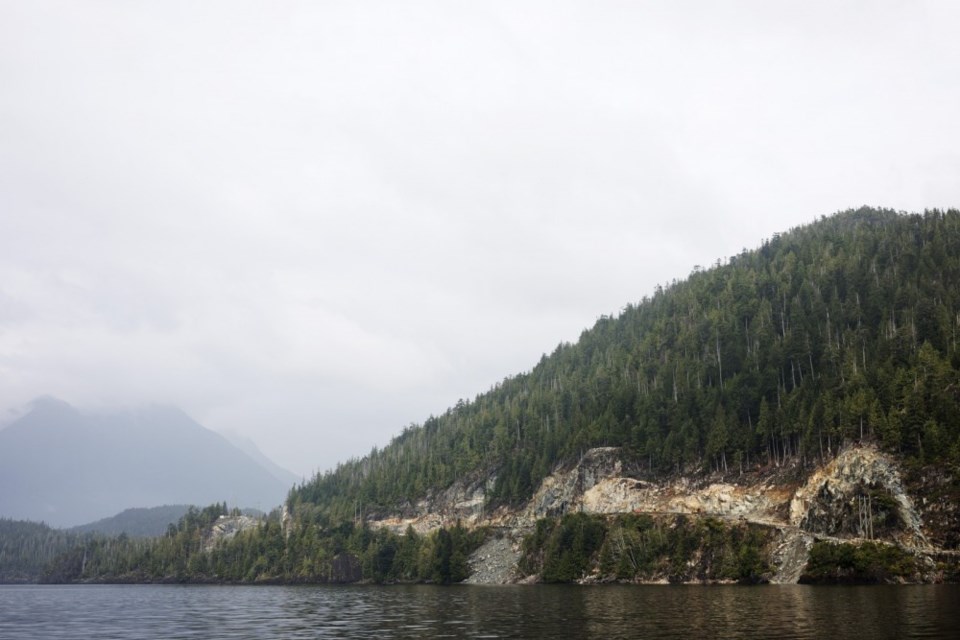The critical highway between Port Alberni and Tofino currently has limited cellular service, leaving travelers and commuters without any way of contacting family, friends or emergency services in the event of an accident.
That’s about to change, as Rogers announced it will be expanding its coverage along the 85 kilometre stretch of highway by building six new cellular towers, and upgrading two existing towers between the coastal communities.
The estimated $8 million project is expected to provide universal coverage between Port Alberni and Ucluelet, said Warren Fletcher, Access Networks (West) vice president. Plans are also underway to strengthen the spotty coverage between Ucluelet and Tofino if another tower permit for the area can proceed.
"As evidenced during the recent B.C. flooding, the ability to make a call from your car, or to use GPS for directions, can be the difference between life and death,” Fletcher said. “This is especially true at night and during bad weather.”
B.C. Citizens Services Minister Lisa Beare said the increased cell coverage will “significantly boost” the safety of people commuting along the winding stretch of Highway 4.
“It’s great news,” said Tla-o-qui-aht First Nation Tribal Administrator Jim Chisholm. “An awful lot of our members travel that road for shopping, doctor’s appointments and medical services.”
Right now, Chisholm said there’s roughly one and a half hours of dead cell service between the Tla-o-qui-aht communities of Ty-Histanis and Esowista and Port Alberni.
“If people have breakdowns, or need to communicate, they're unable to do that,” he said. “This is going to be a huge improvement for our members.”
Partnering with the province through the Connecting British Columbia program, Rogers said it aims to bring “world-class connectivity to rural, remote and Indigenous communities across the country.”
The announcement was made in the wake of Rogers committing to expanding coverage along highways 14, 16, 95 and 97.
“For people traveling between Tofino and Port Alberni, whether they’re locals, people visiting family, or those here to enjoy the beauty of the West Coast, Highway 4 can be cause for concern,” said Josie Osborne, MLA for Mid Island-Pacific Rim.
Osborne said the province has been working to improve safety conditions along the highway through the Kennedy Hill Safety Improvement Project, and that increased cellular coverage “means people will be even safer.”
Chisholm said that not only will the project improve safety, but convenience.
With unexpected delays and road closures at the Kennedy Hill construction site, Chisholm said that Tla-o-qui-aht members often get stuck and miss appointments or meetings.
“Our people deal with these things on a constant basis, so we’re excited about [the announcement],” he said.
A rollout plan has yet to be released, but Fletcher said the build may take anywhere from 18-months to a few years.
Melissa Renwick, Local Journalism Initiative Reporter, Ha-Shilth-Sa



